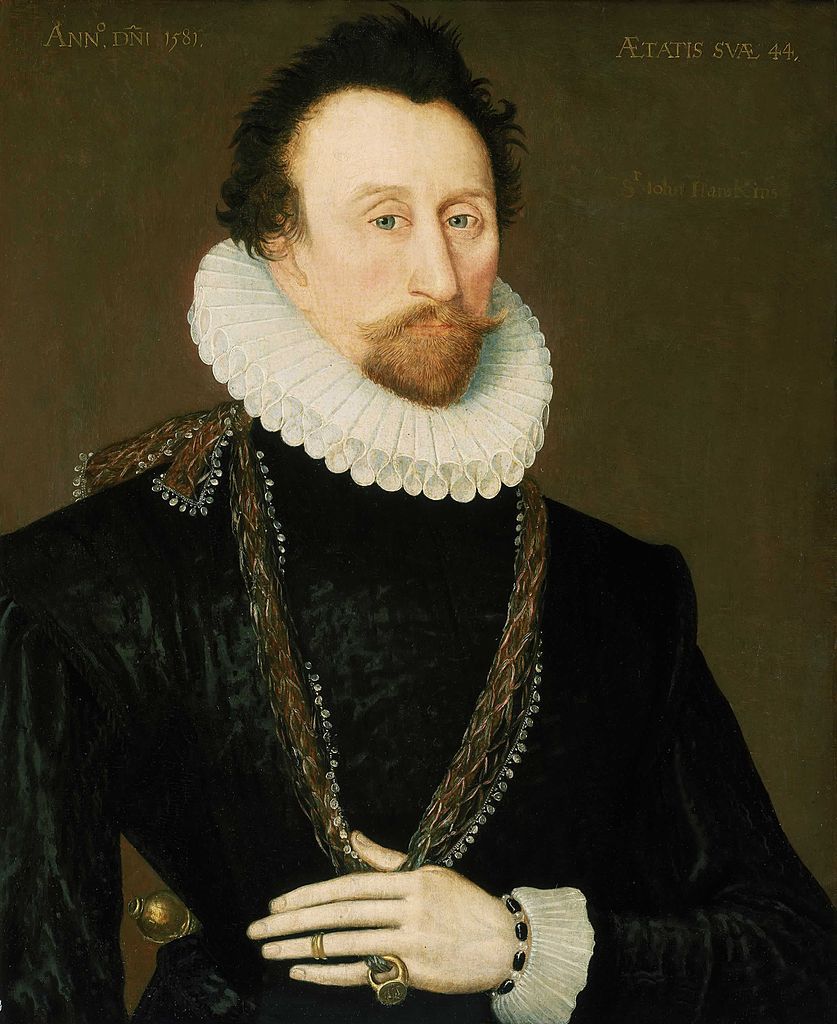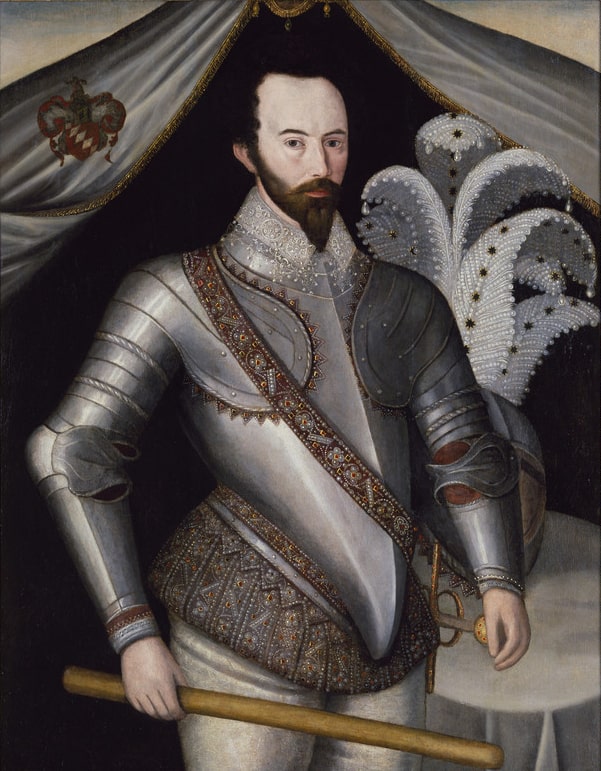
ADVERTISEMENT - CONTINUE READING BELOW
4. Smoking tobacco became the habit of the common man
While their alleged betters developed the rituals of taking snuff and acquired the accouterments the habit required, smoking tobacco leaves became the practice of the working class. Smoking tobacco in Britain began with the return of John Hawkins from Spanish Florida in 1565. His men had observed the natives smoking tobacco leaves through “… a cane, and an earthen cup at the end” and apparently entering into a peaceful calm state having done so. Hawkins’ men, in the longstanding tradition of seamen emulating a good time wherever one is encountered, availed themselves of the practice. Though it was they who brought smoking to Britain, the practice was not widely accepted. For one thing, most of the tobacco then available in Britain was in powdered form, not suitable for smoking.

ADVERTISEMENT - CONTINUE READING BELOW
Sir Walter Raleigh brought leaf tobacco to Britain, from the Roanoke Colony in what was then called “Virginie”. In 1595 an English poet named Anthony Chute published a treatise titled Tabaco. He recommended applying whole tobacco leaves to the skin to relieve many complaints and advocated smoking it to alleviate several health conditions. With everlasting irony, he suggested smoking tobacco relieved health problems relating to the chest and lungs. To Chute, though he cited no evidence, smoking tobacco was not only harmless, but beneficial to the overall health of the smoker. His pronouncement came at the same time another relatively new consumer product became popular in Britain, coffee. Coffee houses became places of resort where men gathered to smoke a pipe, drink a dish of coffee, and solve the problems of the world. One such establishment, Lloyd’s Coffee House, became today’s Lloyd’s of London.

